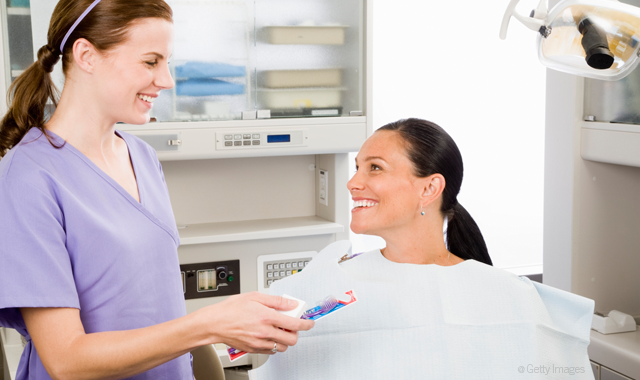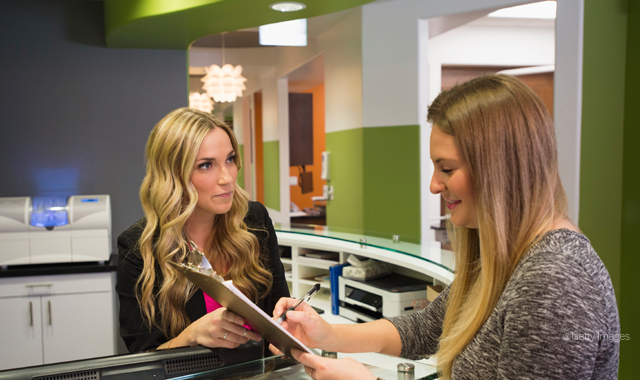9 important tips for communicating with your patients
Where did doctors and team members learn to communicate? Certainly not in school! Ultimately, understanding how to effectively communicate with patients and even your team members can make or break any practice.
Where did doctors and team members learn to communicate? Certainly not in school!
Most have used the old-fashioned trial-and-error method, or see it as a work in progress. Some have attended some type of continuing education throughout their career and picked up a few tips here and there, and there are an elite few that have taken an invested interest to learn how to be an effective communicator.

Patient care is based on communication and to succeed as a practice everyone must take an invested interested in being a better communicator. Without clear communication, the patient can misunderstand or not understand the treatment process. This creates errors, additional visits for care which affect the ROI of the procedure (costing the practice money instead of making it money!) or failure to accept elective or necessary treatment.
Ultimately, understanding how to effectively communicate with patients and even your team members can make or break any practice.
Continue to the next page to see the top 9 tips for communicating with your patients...


#1: Patient-friendly language
Patients didn’t attend dental school and they shouldn’t have to use Google to translate what is being said. Keep your words “patient friendly” if you want then to understand what you are saying.
Examples of patient-friendly language include cavities, upper, lower, front, back, broken, hole, infection, rusting, failing, damaged.



#2: Slow down
You may be in a hurry to get your next patient or start dental treatment, but remember that the patient in the chair is not used to being in the dental office. You may love coming to the dental office every day, but you don’t hear patients saying, “I just love being here and having dental work done!” They may love you but probably don’t enjoy the work being done on them.



#3: Always make eye contact
Your eyes will never lie. If you believe in the elective or necessary, work that is being discussed then your eyes will say it all. Always make good eye contact with the patient when you speak to them. If you are looking away, it shows a lack of interest which says, “this isn’t important.”



#4: Be at eye level with the patient
Try to always sit or stand at eye level with your patients. Standing over or looking up at a patient can intimidate a patient; if you get caught in this situation the power shifts. Imagine talking about treatment options or money with a patient. You will appreciate how much more confident and comfortable the conversation if they don’t feel you are being overbearing.



#5 Be aware of your tone
Being overly bombastic can cause someone to be even more nervous, whether their body language is representing it or not. Remember that there are also people around that can hear your conversation while you speak with your patient It’s important to think about your tone, word choice and volume when talking with a patient.



#6: Use visual aids
When you are speaking with patients using visual aids can clarify many of their questions and streamline communication. Digital photography is a wonderful tool to use when speaking with a patient about their own dental concerns or desires. Don’t forget to print the images when you take them. Those photos allow patients to have a visual to go with the treatment plan you provide them.



#7: Use their name
It’s always polite and personal to call someone by name. Good communication is also about building a relationship. No one has relationships with people they don’t know by name, do they?



#8: Make good notes
There isn’t a customer anywhere that wants to repeat themselves over and over. Your patients are your customers and you are not always the one to speak to them. Making good notes is a critical form of communication and everyone should try to be an overachiever in this department.



#9: Customer-friendly documents
When you send patients home with treatment plans and information about treatment, make sure the information is customer friendly. This alone prevents a ton of confusion and misunderstandings. The words you use in the practice that are customer friendly should be the same that you send them home with.
We are a critical part to practice success and patient’s health. Take the time to work on your communication and set yourself up for success!
